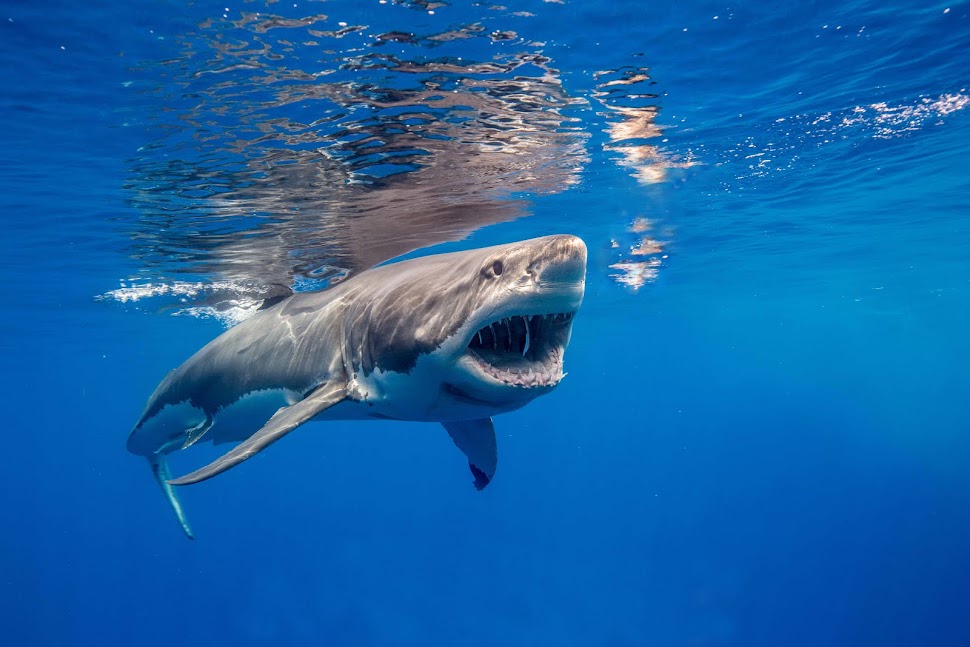more federal protection in Southwest Florida waters.
The National Oceanic and Atmospheric Administration announced Monday that it
is designating more than 840,000 acres of critical habitat between Charlotte
Harbor and Florida Bay for the endangered marine fish.
The designation, which takes effect Oct. 2, doesn’t restrict fishing or boating access, but projects such as marinas or dredging must clear another federal permitting hurdle if they are proposed within the critical habitat boundary.
“Species such as the smalltooth sawfish have a much greater chance at
recovery once critical habitat is designated,” said Miyoko Sakashita, an
attorney representing the Center for Biological Diversity in San Francisco.
The group sued the federal government for missing a deadline to establish
critical habitat for the smalltooth sawfish. A 2007 settlement resulted in
the critical habitat designation.
Scientists do not know how many smalltooth sawfish are left, but historic
catch records show they once ranged from Texas to New York. South Florida is
their last stronghold.
In 2003, the animal named for its saw-like snout, or rostrum, became the
first marine to be listed as an endangered species.
A relative of sharks and rays, the smalltooth sawfish was overharvested as a
curiosity. Its rostrum also makes it vulnerable to entanglement in fishing nets.
The critical habitat designation seeks to protect the shallow estuaries that
are important nursery grounds for juvenile sawfish and key to their
survival, biologists say.
The designation covers 221,000 acres in the Caloosahatchee River, San Carlos
and Estero bays, Charlotte Harbor and Pine Island Sound and covers 619,000
acres in the Ten Thousand Islands south of Marco Island to Florida Bay.
Shark researcher Patrick O’Donnell has caught 20 or so of the sharp-nosed
creatures in the past 10 years.
“It doesn’t surprise me, but it gets the whole crew excited that’s for
sure,” said O’Donnell, an environmental specialist with the Rookery Bay
National Estuary Research Reserve between Naples and Marco Island.
Regulators drew the critical habitat boundaries to include red mangrove
shorelines and waters less than 3 feet deep and marked by wide variations in
salinity.
“We’re going to try to protect these features and minimize the impacts to
them,” NOAA Fisheries smalltooth sawfish biologist Shelley Norton said.
Without the designation, projects that need federal permits or get federal
funding have needed only to prove that they would not jeopardize the
continued existence of the smalltooth sawfish.
For example, federal reviewers required a Sanibel Island dredging project to
use a cut with side slopes to mimic natural conditions, Fort Myers marine
engineer Hans Wilson said.
Wilson, vice president of the Southwest Florida Marine Industry Association,
said attorneys afraid of being sued by environmental groups have too large a
role in permitting decisions.
“I’m not sure it’s about biology,” he said.
It’s too early to say how big a hurdle the critical habitat designation
might pose, Florida Marine Contractors Association past president Mike Jones
said.
“We don’t really need another layer of regulation at this time and with the
way that the economy is and all,” Jones, a Fort Myers marine contractor, said.
Complete Story

No comments:
Post a Comment